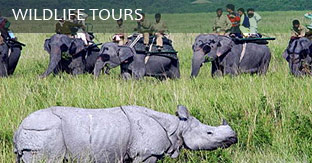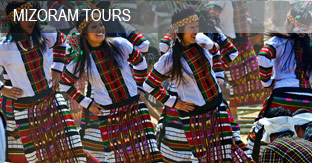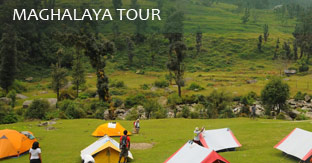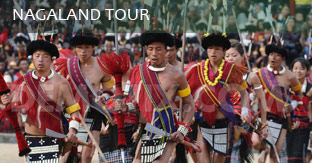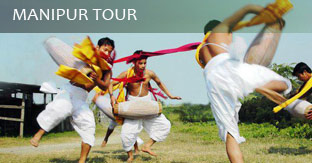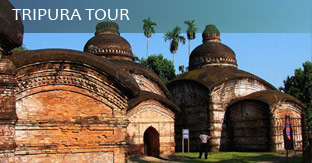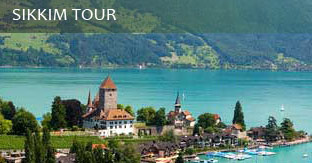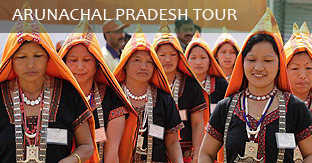Assam – A land nestled in myths and mysteries, lores and legends. Assam is almost another world, the Eastern Sentinel, the coloured wonderland of India.
ASSAM, THE MYSTIC LAND OF TEA
We landed in Guwahati, the majestic gateway city to the North-East and capital of the state of Assam. The magic land Assam is a verdant land of the eternal blue hills, a treasure of flora and fauna, a mystic land of tea, the home of one horned rhino”uni-corn”, together with a numbers of fairs and festivals.
The word Assam is derived from the Sanskrit word “Asom” meaning ‘peerless’. The ancient history refers to Assam as Pragjyotishpur, until in 1228, the Ahoms from North Thailand invaded this land and established a kingdom, which came to be known as Assam. So here I was glad to know about the Thai connection with Irene smiling.
The irresistible tourist attraction of Assam lies in her immense green stillness, the lush green forest, and the bewildering variety of wildlife.
HOW TO GET THERE
Gateway to North-East India is the City of Guwahati. To get There
By Air: LGB International Airport is conveniently connected to all major cities of India. With daily three flights to Delhi and five to Kolkata and weekly flight to Bangkok with connecting flights to rest of the world.
By Train: Guwahati Railway station is the Hub all Train services. It is connected to rest of India with convenient train connections.
By Road: Guwahati is connected with all other state capitals of North-East India through a network of government and private luxury buses, which are perhaps the best in the country.
POPULATION
Total Population of Assam is 26 million.
PEOPLE AND CULTURE
The society in Assam is not just a conglomeration of diverse racial and cultural elements but a composite whole arising out of the integration and synthesis of all of them. Indeed, Assam has been a curious melting pot into which have gone the Aryan and non-Aryan, the tribal and the non-tribal, the indigenous and the exotic, making for a delightful fare with wonderful mixed flavor.
The majority of the population in the plains is made up of Hindus, speaking the Aryan Assamese language. But the Aryan racial strain is prominent only in the upper castes, most of the other other castes are of the Mongoloid stock.
The Satras (seat of the religious head Satradhikar) and Namghars (house of names or Prayer hall) plays an important role in the life of an average Assamese and have acted as religious as well as cultural institutions.
Majority of the tribal groups belong to the Tibeto-Burmese family. The colourful people of Assam consist of Bodo-Kacharis, Rabha & Hajongs, Tiwas (lalung), Misings, Sonowal Kacharis, Deuris, Karbis, Dimasa Kacharis, Rengma Naga, Zemi Naga, Kukis and the Hmars.
In Assam, the line between the tribal and the non-tribal is pretty thin and the so-called non-tribal Assamese Hindu society retains many elements, which are patently ‘tribal’ by orthodox Hindu standards. Castes are not strictly occupation linked, and caste based disabilities are very few.
More than 40 percent of Assam’s population is thought to be of migrant origin. During the six hundred years of ruling, the Ahom Dynasty managed to keep the kingdom, independent from Mughal, the Muslim invaders of India before the British, as well as other invaders though Mughal attacked Assam seventeen times. During this era, the Assamese society was exogenous. The British entered Assam in 1824 as tea planters, which was the starting point of the destruction of Ahom Dynasty.
The fairs and festivals in this sparsely populated state are essentially an opportunity for people from far and wide to converge and see the culture of the land.

